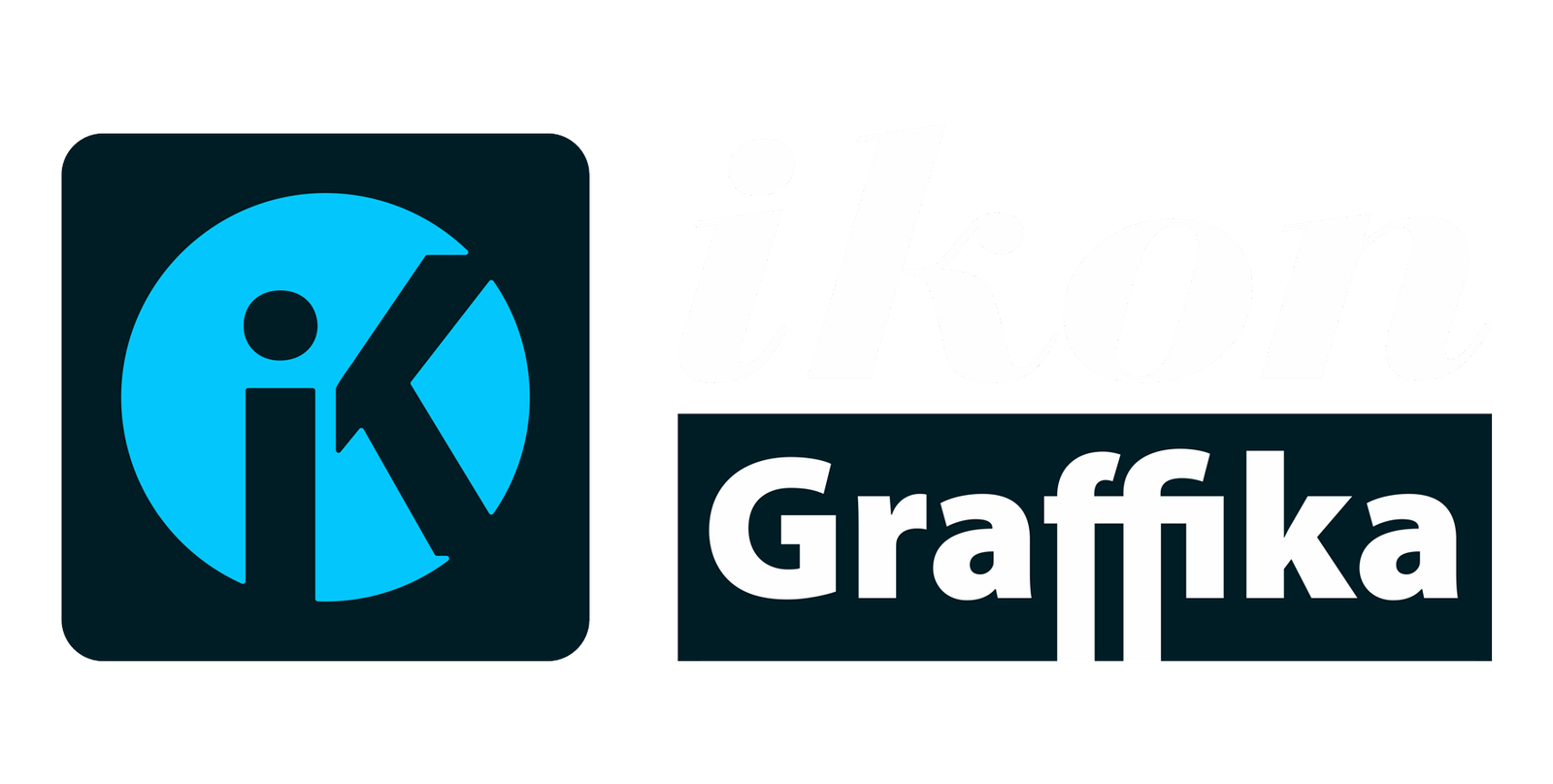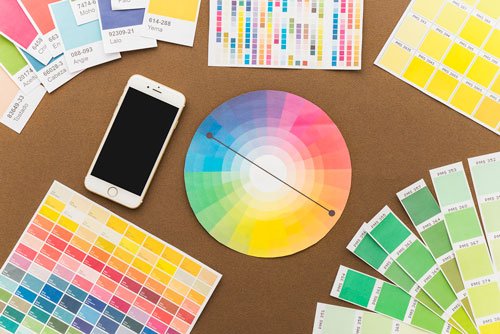The Future of Web Design: Exploring Tomorrow’s Digital Landscape
Introduction
As we look ahead to the future of web design, it’s clear that the digital landscape is evolving at a rapid pace. With new technologies emerging and user expectations constantly shifting, web designers and developers must stay ahead of the curve to create engaging, functional, and innovative online experiences. In this article, we’ll explore the trends and predictions that are shaping the future of web design, examining how these developments will impact the way we create and interact with websites in the years to come.
Artificial Intelligence and Machine Learning
Artificial Intelligence (AI) and Machine Learning (ML) are set to play a significant role in the future of web design. These technologies will enable more intelligent and adaptive websites that can:
- Personalize content based on user behavior and preferences
- Optimize layouts and design elements in real-time
- Provide more accurate search results and recommendations
- Automate routine design tasks, allowing designers to focus on creativity
For example, Adobe’s Sensei AI is already being used to enhance creative workflows and automate time-consuming tasks in web design. As AI and ML continue to advance, we can expect to see even more sophisticated applications in the field of web design.
Voice User Interface (VUI)
With the growing popularity of voice assistants like Siri, Alexa, and Google Assistant, voice user interfaces are becoming increasingly important in web design. The future of web design will likely include:
- Voice-activated navigation and search functions
- Content optimized for voice queries
- Integration with smart home devices and IoT ecosystems
Designers will need to consider how to create intuitive voice interactions and ensure that websites are accessible through both traditional and voice-based interfaces.
Augmented and Virtual Reality
Augmented Reality (AR) and Virtual Reality (VR) technologies are poised to transform the way we interact with websites. In the future, we can expect to see:
- Immersive product demonstrations and virtual try-ons
- 3D virtual showrooms and exhibitions
- Interactive educational experiences and virtual tours
As these technologies become more accessible, web designers will need to develop new skills to create engaging AR and VR experiences that seamlessly integrate with traditional web interfaces.
Mobile-First Design
With mobile devices accounting for an ever-increasing share of web traffic, mobile-first design will continue to be a priority in the future of web design. This approach involves:
- Designing for smaller screens first and then scaling up for larger devices
- Optimizing load times and performance for mobile networks
- Incorporating touch-friendly interfaces and gestures
As mobile technology continues to evolve, designers will need to stay up-to-date with the latest device capabilities and user expectations to create seamless mobile experiences.
Personalization and User-Centric Design
The future of web design will place an even greater emphasis on personalization and user-centric design. This trend will involve:
- Dynamic content that adapts to individual user preferences
- Customizable interfaces that allow users to tailor their experience
- Data-driven design decisions based on user behavior and feedback
Tools like Google Optimize are already enabling designers to create personalized experiences through A/B testing and content experiments. As these technologies advance, we can expect even more sophisticated personalization capabilities in web design.
Accessibility and Inclusive Design
As the internet becomes increasingly essential in our daily lives, the importance of accessibility and inclusive design will continue to grow. Future web design trends will focus on:
- Ensuring compatibility with assistive technologies
- Creating designs that accommodate diverse user needs and abilities
- Implementing universal design principles to benefit all users
The Web Accessibility Initiative (WAI) provides guidelines and resources for creating accessible web experiences, and we can expect these standards to evolve and become more integrated into the web design process.
Sustainable Web Design
With growing awareness of environmental issues, sustainable web design is likely to become a significant trend in the future. This approach involves:
- Optimizing websites for energy efficiency
- Reducing data transfer and storage requirements
- Choosing eco-friendly hosting providers and technologies
Resources like The Sustainable Web Design Guide are helping designers learn how to create more environmentally friendly websites, and this trend is likely to gain momentum in the coming years.
Micro-interactions and Animation
Micro-interactions and subtle animations will continue to play a crucial role in enhancing user experience and engagement. Future web design trends in this area may include:
- More sophisticated hover effects and transitions
- Animated storytelling elements
- Functional animations that guide users through interfaces
Tools like GreenSock are making it easier for designers to create complex animations, and we can expect to see even more innovative uses of motion in web design.
Conclusion
The future of web design is an exciting and ever-evolving landscape. As new technologies emerge and user expectations continue to evolve, web designers and developers will need to adapt their skills and approaches to create engaging, accessible, and innovative online experiences. By staying informed about trends like AI integration, voice interfaces, and sustainable design, professionals in the field can position themselves at the forefront of the industry and continue to push the boundaries of what’s possible in web design.
What do you think about these predictions for the future of web design? Are there any trends you’re particularly excited about or concerned with? Share your thoughts in the comments below, and let’s continue the conversation about where web design is headed in the years to come.



